www.nature.com/articles/s42...

www.nature.com/articles/s42...
We show how to exactly map recurrent spiking networks into recurrent rate networks, with the same number of neurons. No temporal or spatial averaging needed!
Presented at Gatsby Neural Dynamics Workshop, London.

We show how to exactly map recurrent spiking networks into recurrent rate networks, with the same number of neurons. No temporal or spatial averaging needed!
Presented at Gatsby Neural Dynamics Workshop, London.
Scientists lay the blame on the system rather than the self:
eg. "Reviewers hardly check the details of manuscripts"
eg. "The pressure from journals to produce spectacular results almost invites people to help things along a bit here or there"

Scientists lay the blame on the system rather than the self:
eg. "Reviewers hardly check the details of manuscripts"
eg. "The pressure from journals to produce spectacular results almost invites people to help things along a bit here or there"

This study explores how this mysterious brain region processes sensory signals and connects across the cortex. While the evidence for its role is still incomplete, the data offer a useful foundation for future work.
buff.ly/gfE6Gjt
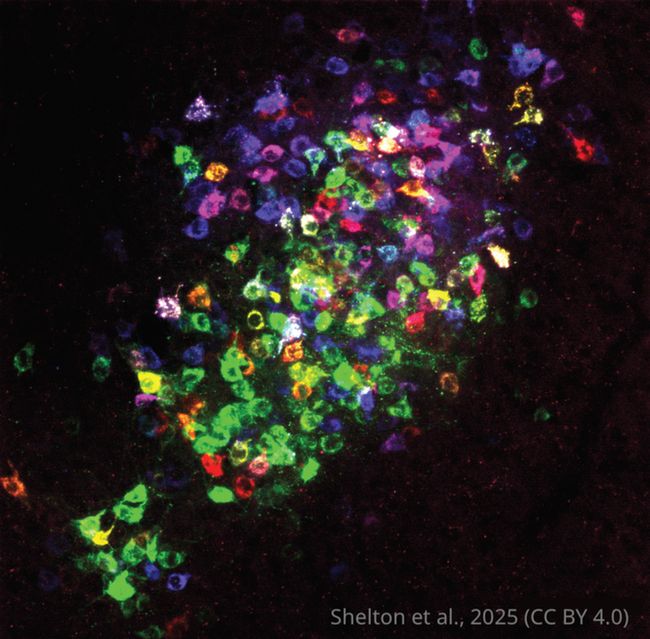
This study explores how this mysterious brain region processes sensory signals and connects across the cortex. While the evidence for its role is still incomplete, the data offer a useful foundation for future work.
buff.ly/gfE6Gjt
rdcu.be/el18q
A short thread follows for those interested.
1/n
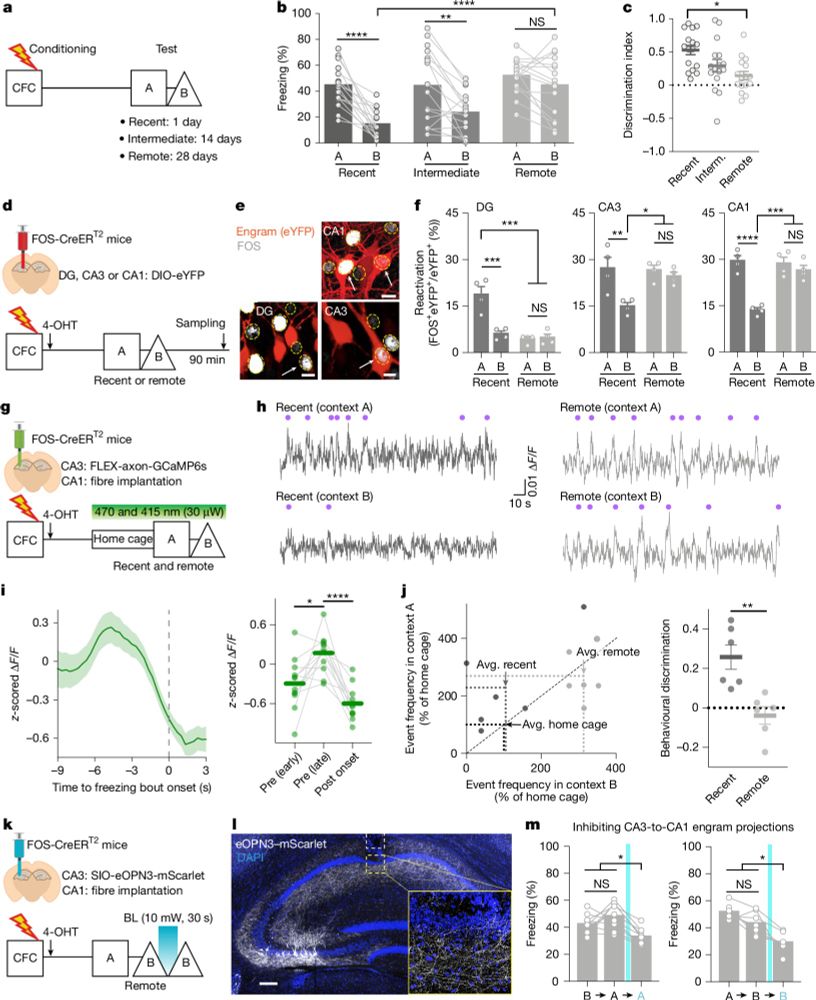
rdcu.be/el18q
A short thread follows for those interested.
1/n
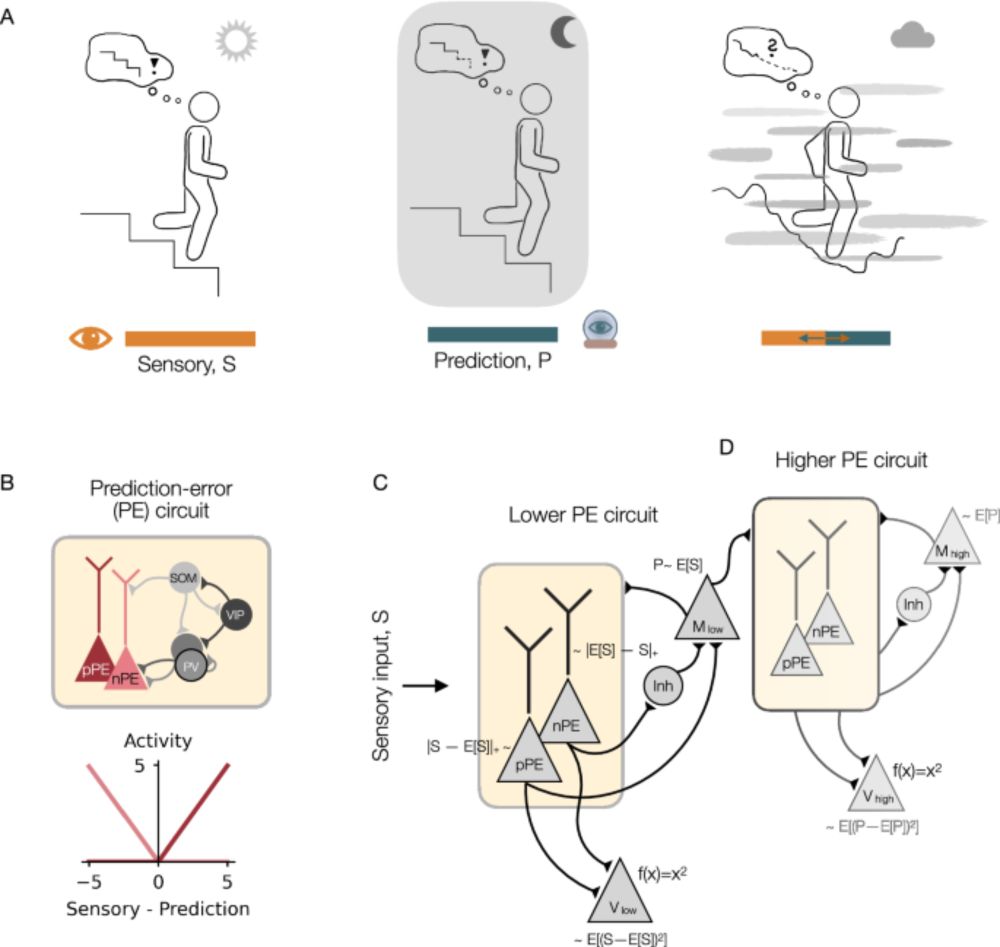

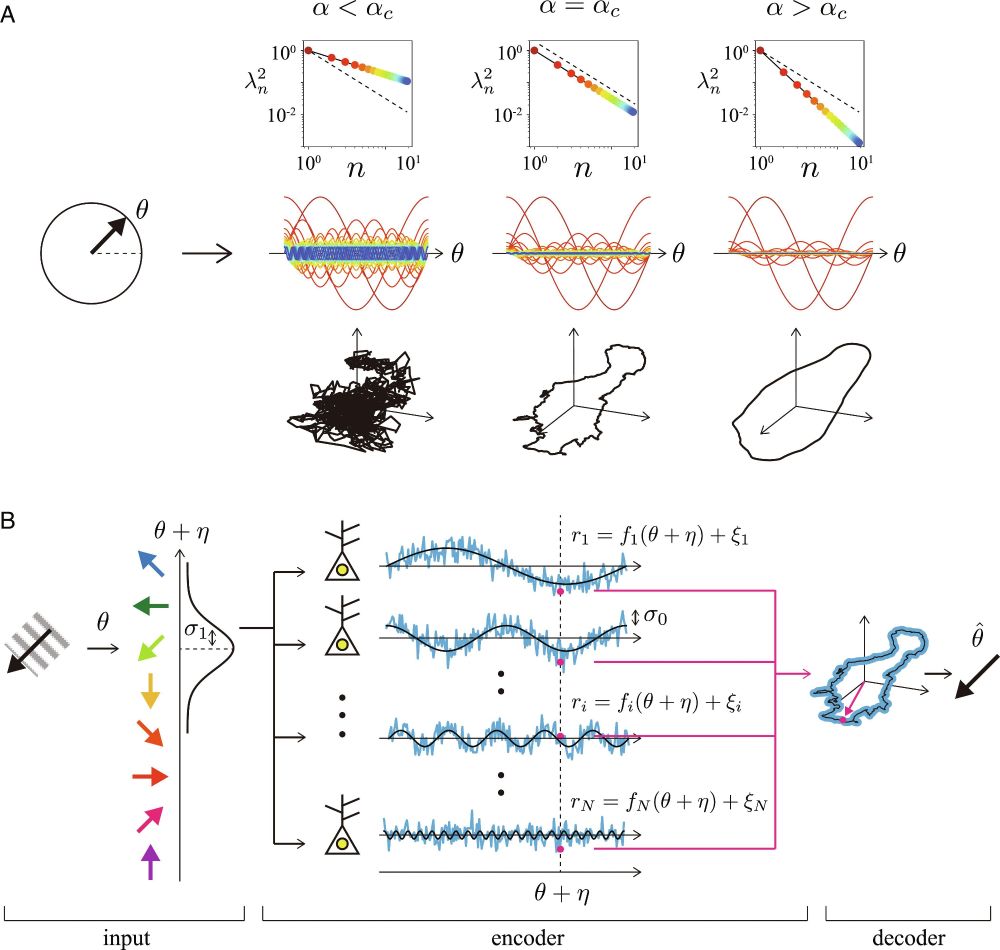
Also, a good reminder to share that our work is now out in Cell Reports 🙏🎊
⬇️
www.cell.com/cell-reports...
Also, a good reminder to share that our work is now out in Cell Reports 🙏🎊
⬇️
www.cell.com/cell-reports...
www.nature.com/articles/s41...
🧠📈 🧪

www.nature.com/articles/s41...
🧠📈 🧪
Characterizing BOLD activation patterns in the human hippocampus with laminar fMRI
doi.org/10.1162/imag...
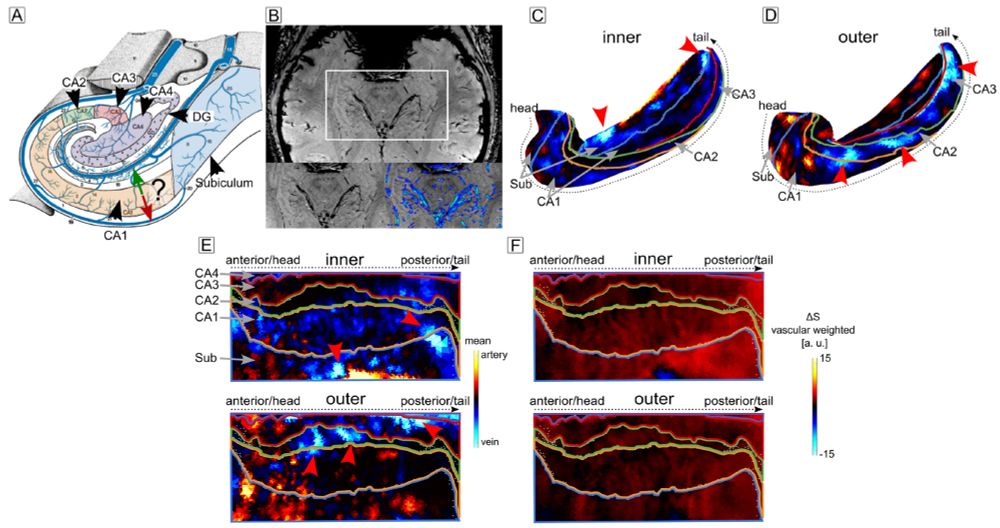
Characterizing BOLD activation patterns in the human hippocampus with laminar fMRI
doi.org/10.1162/imag...
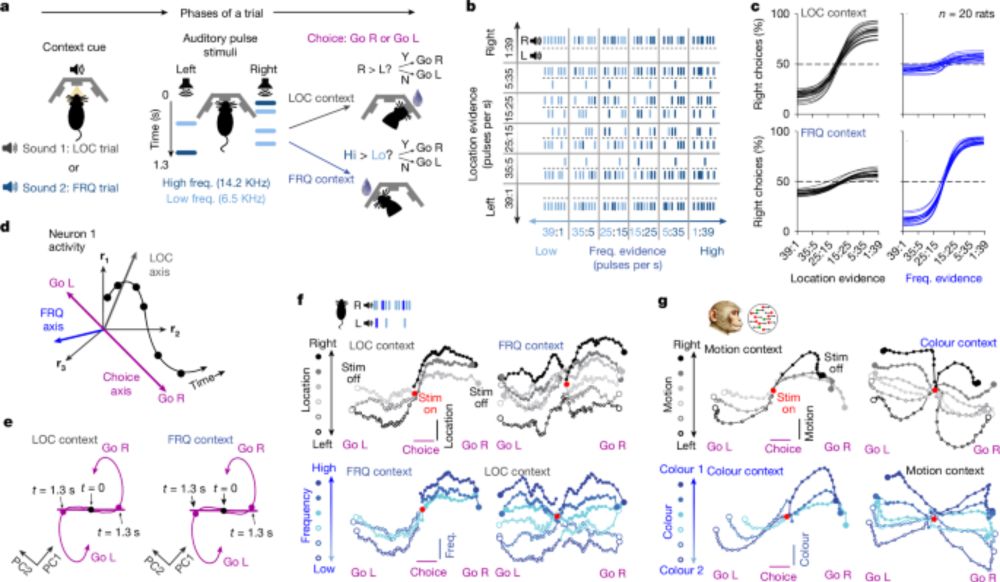

First, What makes a theory of consciousness unscientific?
www.nature.com/articles/s41...
First, What makes a theory of consciousness unscientific?
www.nature.com/articles/s41...
Latest @science.org from first author @sercansayin.bsky.social and #Konstanz team ⬇️
@einatcouzin.bsky.social @icouzin.bsky.social @cbehav.bsky.social @uni-konstanz.de
www.science.org/doi/10.1126/...
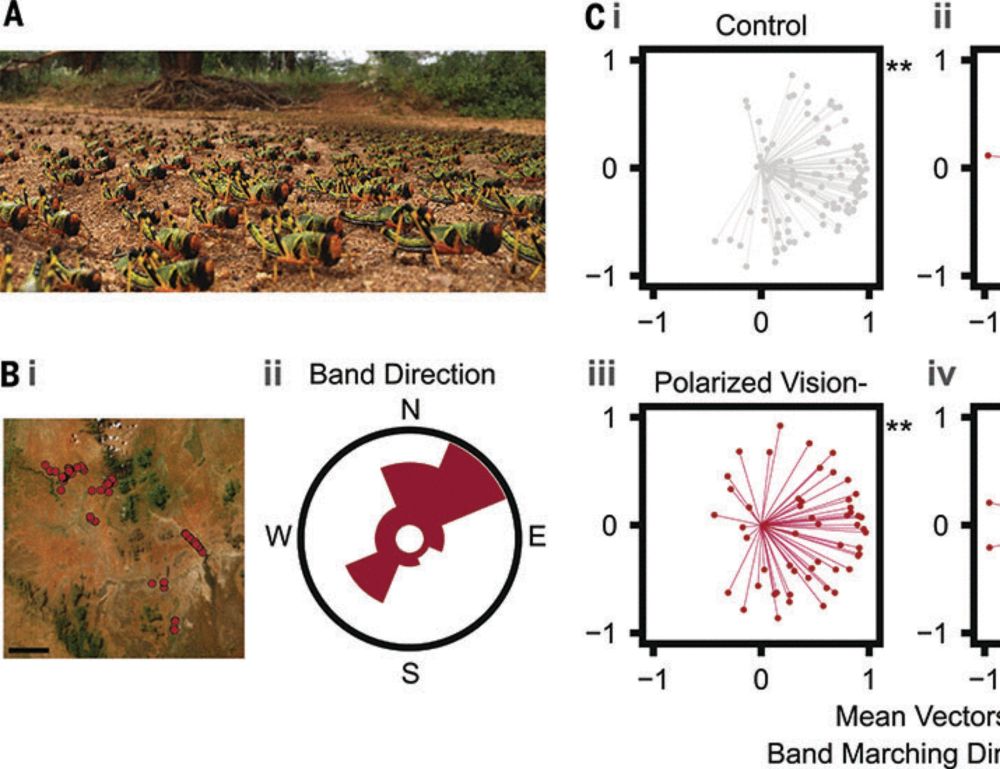
Latest @science.org from first author @sercansayin.bsky.social and #Konstanz team ⬇️
@einatcouzin.bsky.social @icouzin.bsky.social @cbehav.bsky.social @uni-konstanz.de
www.science.org/doi/10.1126/...

